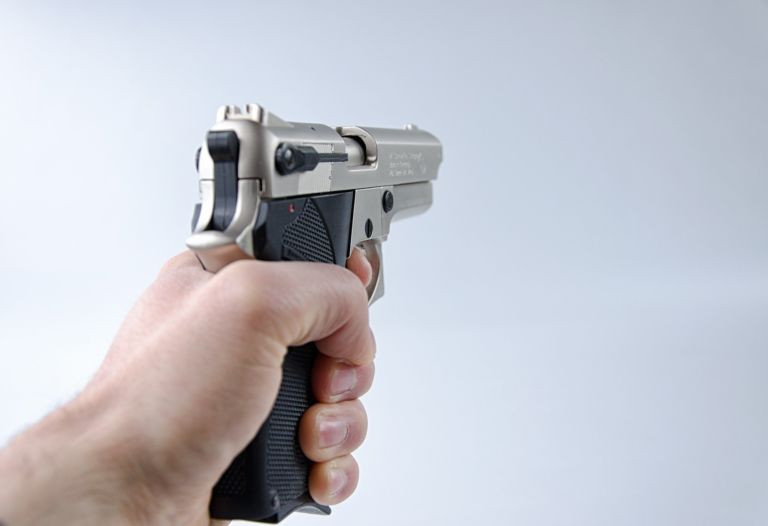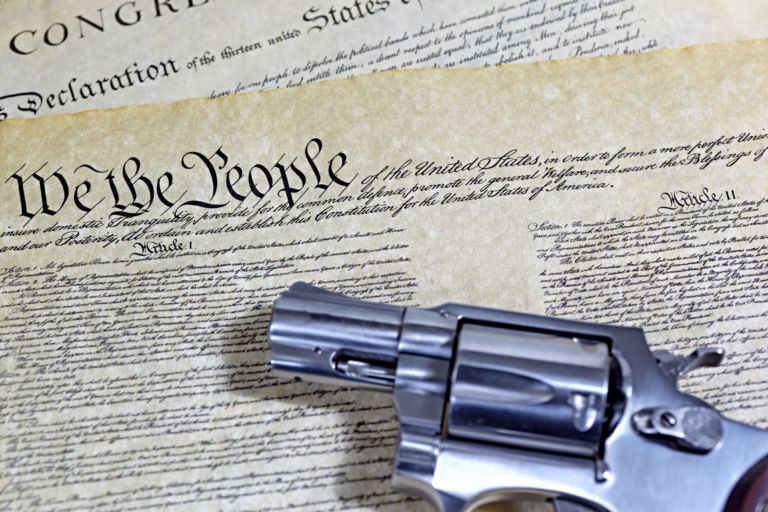Kevin Williamson of National Review Online places the “ghost gun” debate in perspective.
When I first started reading about the upsurge in “ghost guns,” my first thought was to wonder why a criminal would go to the trouble of relying on a process that involves drill presses and mechanical skill rather than do what U.S. criminals have been doing for generations; i.e., using stolen guns or guns bought in criminal transactions. As it turns out, that is pretty much what our criminals are still doing, though some cities and states report significant increases in ghost-gun seizures. There have been a few murders involving ghost guns, and those cases predictably have received a disproportionate amount of attention. To give you an idea of the situation on the ground, the gun-control group Everytown conducted a review of federal “ghost gun” cases — 114 of them over a decade, a number that should tell you something — and found that there were 2,513 such firearms connected to criminal activity. But — and these are Everytown’s findings, not mine — the crime associated with those 2,513 firearms was illegal manufacturing or dealing in 2,200 cases, not robbery or murder or assault. Put another way, almost all of the crimes associated with so-called ghost guns were, in Everytown’s review of the data, the crime of simply possessing such a weapon in the first place or selling one.
That is not surprising. Consider a point of comparison: Contrary to what many people think, it is legal to own a fully automatic weapon in the United States, provided it was manufactured before 1986, though the process of acquiring one is closely regulated and the supply of such weapons is relatively small. Almost all of the crimes associated with legally owned fully automatic weapons in the United States are violations of firearms regulations. The number of murders committed with legally owned fully automatic weapons in the United States in the past 80 years or so could be counted on your fingers.


